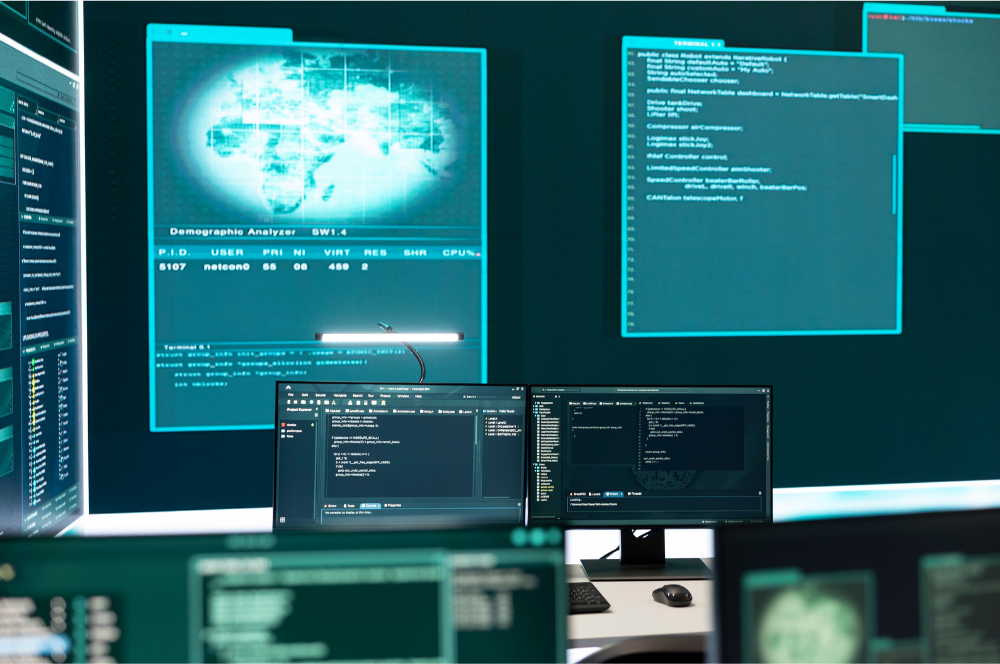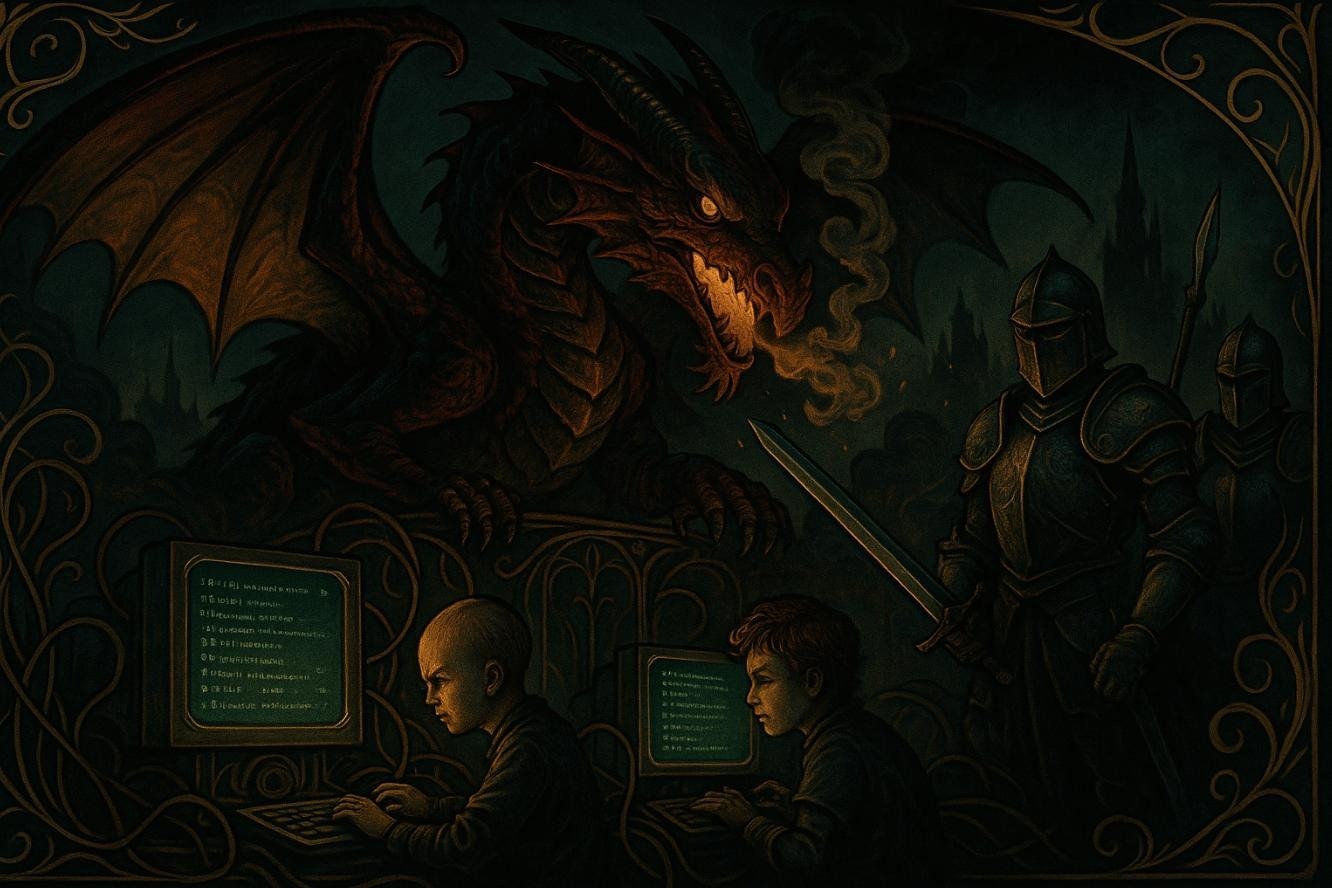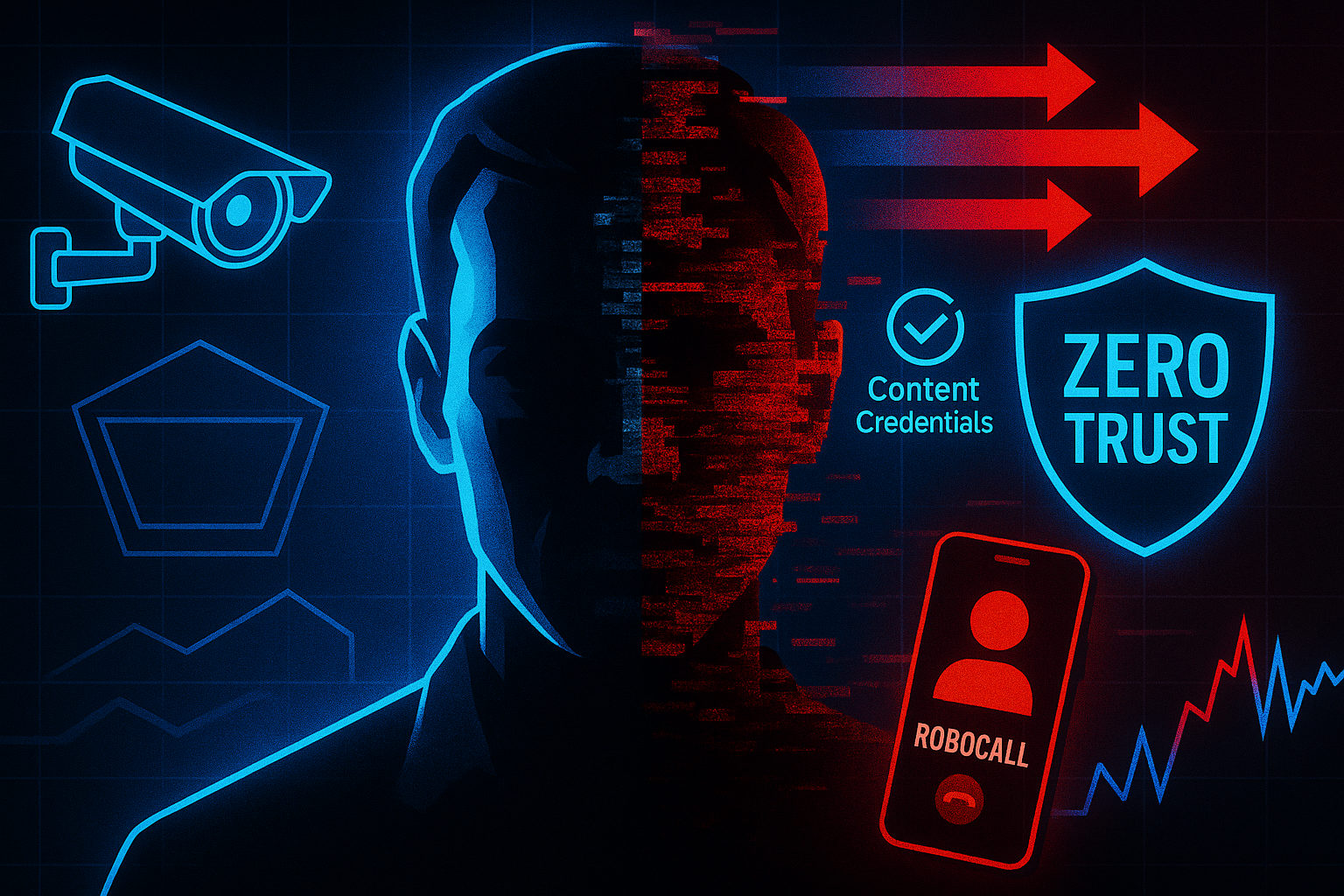by Cyber Warfare
Share
by Cyber Warfare
Share

No locks can keep bad actors out forever
Cybersecurity isn’t a niche concern for corporations or federal agencies; it affects everyone. If you store files in the cloud, use online banking, run a business, or even just own a phone, you are part of the digital ecosystem and part of the attack surface. Every bit of connectivity increases convenience but also expands your exposure.
Hackers don’t care who you are; they only care whether you’re vulnerable. Ransomware, data leaks, and remote access tools aren’t science fiction; they’re used against ordinary people every day. The moment your systems stop being protected, they stop being yours.

Who Needs Cybersecurity?
People assume attackers are going after banks, government agencies, or big tech companies. Those targets get the headlines. But in practice, attackers hit whatever is easiest. That increasingly means school districts, medical offices, and small to midsize businesses. These groups often have valuable data, aging infrastructure, and limited security staff, which makes them ideal targets.
Most attacks are automated; they aren’t looking for you specifically. Malicious actors scan the internet for open ports, weak credentials, or unpatched systems. Once inside, code can sit dormant indefinitely, waiting until it can call home. That call home traffic is often the first and only sign anything is wrong, and by the time it’s noticed, it’s too late.
Organizations have found out the hard way that even replacing endpoints is never going to be enough. They wiped and re-imaged their machines, only to be reinfected because the attacker was still active on the network. In extreme cases, every device, including PCs, switches, firewalls, and everything touching the network in any way, had to be replaced to fully clear the breach.
A single intrusion can halt operations, expose sensitive data, and permanently damage your reputation. Businesses lose access to systems, customers get locked out, and recovery can take weeks, if it’s possible at all. If your systems touch the internet, you are already exposed. The only question is whether you’ve done anything about it.
Real, World Breaches and What They Cost Us
Colonial Pipeline (2021)
The shutdown triggered panic buying and regional shortages. Gas stations ran out of fuel in several states. Air travel was disrupted. Colonial paid over $4 million to the attackers in cryptocurrency just to get things moving again. The payment didn’t undo the damage. The company’s reputation took a hit, and they had to explain how one password could lead to national infrastructure downtime.
The breach showed how fragile complex systems become when internal visibility is poor. No alert caught the attackers in the early stages. No control stopped the outbound traffic once the ransomware connected back to its source. The lack of network-level enforcement allowed a basic intrusion to escalate into a public crisis. (CISA, 2023)
Equifax (2017)
Equifax, one of the largest credit reporting agencies in the U.S., was breached between mid‑May and late July 2017. Hackers exploited an unpatched vulnerability in the Apache Struts framework (CVE‑2017‑5638) used on one of Equifax’s web applications. They gained initial access and elevated privileges using default credentials, bypassing multi‑factor authentication. Once inside, they mapped the internal network, identifying databases containing sensitive personal data (names, birth dates, Social Security numbers, addresses, driver’s license and credit card numbers) for over 147 million U.S. consumers, plus millions in the UK and Canada. The attackers siphoned data in small, encrypted batches to avoid detection and stayed undetected for 76 days.
Equifax discovered the breach on July 29 and publicly announced it on September 7, 2017. The delay outraged consumers and regulators. Shortly after the announcement, it came to light that three senior executives sold approximately $1.8 million in stock before the public disclosure, but allegedly before they were aware of the breach. The public, facing website Equifax set up for breach notifications was criticized for using a separate domain, insecure TLS, and even resembling phishing pages.
Ultimately, Equifax agreed to a settlement totaling around $425 million, with roughly $300 million earmarked for victim compensation and free credit monitoring services. However, individual payouts from the fund could be as low as 20¢, depending on claims, prompting many to opt for non‑monetary remedies instead. Despite the settlement, the damage to public trust, and the long‑term risk for the affected individuals, continues to unfold. (Electronic Privacy Information Center)
SolarWinds (2020)
Starting in late 2019, attackers gained access to SolarWinds’ internal systems and quietly began modifying Orion software builds. By March 2020, updates to Orion were being distributed with embedded malicious code, later named SUNBURST. Organizations that installed the tainted updates unknowingly gave the attackers a backdoor into their IT environments. Over 18,000 customers downloaded the corrupt Orion versions between March and June 2020.
The breach went undetected for months. FireEye first recognized strange behavior in its systems in December 2020, traced it back through Orion, and then notified SolarWinds. The malware was stealthy: it delayed execution, mimicked legitimate traffic, and didn’t trigger alerts from typical antivirus tools. Victims included nine U.S. federal agencies, including the Treasury, Commerce, DHS, and numerous tech and private sector firms. Further investigations revealed a Russian-linked APT group, Nobelium (aka Cozy Bear or UNC2452), likely orchestrated the campaign.
Response efforts were massive. CISA issued an emergency directive requiring affected agencies to rebuild systems. Investigations continued into 2021, and the breach reshaped policy on software supply chains. The SolarWinds attack underscored that trusted software used daily by millions can become the weapon itself. Everything from energy infrastructure to critical government operations were exposed because a single software update was compromised (Fortinet, 2021).

Why Prevention Matters
Once an attacker has access, the environment is already compromised. Data can be copied, systems disabled, or access paths installed for later use. Detection happens after the fact, and even fast detection doesn’t prevent the breach; it just tells you where to start damage control, if it’s even caught at all.
Blocking known malicious traffic before it connects is the most reliable control point. If the outbound request is stopped, malware can’t activate, data can’t be extracted, and the attacker loses access. This model avoids guesswork by not relying on threat modeling, signatures, or user behavior. By using verified threat infrastructure and enforcing it in real time, this model turns what would be an active compromise into a blocked attempt, without involving endpoints or complex response plans.
Intrusion – We Were Zero Trust Before It Was Cool
Intrusion Inc. is a premier cybersecurity authority, bringing over 30 years of expertise in threat hunting, network behavior analysis, and applied threat intelligence. With the industry’s most comprehensive Global Threat Engine, condensing billions of IP and hostname records into one actionable database, we proactively block malicious traffic, refine Zero Trust strategies, and uncover threats that other systems miss. Our proprietary Shield technology safeguards environments whether on premise, in the cloud, or endpoint based, offering real time, intelligence driven protection that integrates seamlessly with existing security stacks. Led by seasoned threat intelligence professionals and trusted by enterprise and government organizations alike, Intrusion has earned its reputation not by conjecture, but through decades of defending networks and delivering insight-driven automated defense.
The Cost of Doing Nothing
Cybersecurity isn’t just for large enterprises, and it’s not just about compliance, insurance, or headline breaches. True cybersecurity is about keeping control of your systems and protecting your data from being used against you. The threats are real, constant, and often invisible until it’s too late. What matters is whether you’ve put anything in place that stops them.
Network traffic is where most of these threats move. The attack might start with a click or a misconfiguration, but it only becomes a breach when that device reaches out and connects to something it shouldn’t. That’s where enforcement works best, before the connection happens, not after the damage is done.
Intrusion builds tools that operate at that exact point. We’ve been doing this for over three decades, and we’ve seen how fast things can go wrong. If you’re connected to the internet, you’re a target. Doing nothing is still a choice, it’s just the riskiest one you can make.
STAY IN THE LOOP




